World of Warcraft guide: How to start playing
After 16 years, getting into WoW might seem a bit daunting
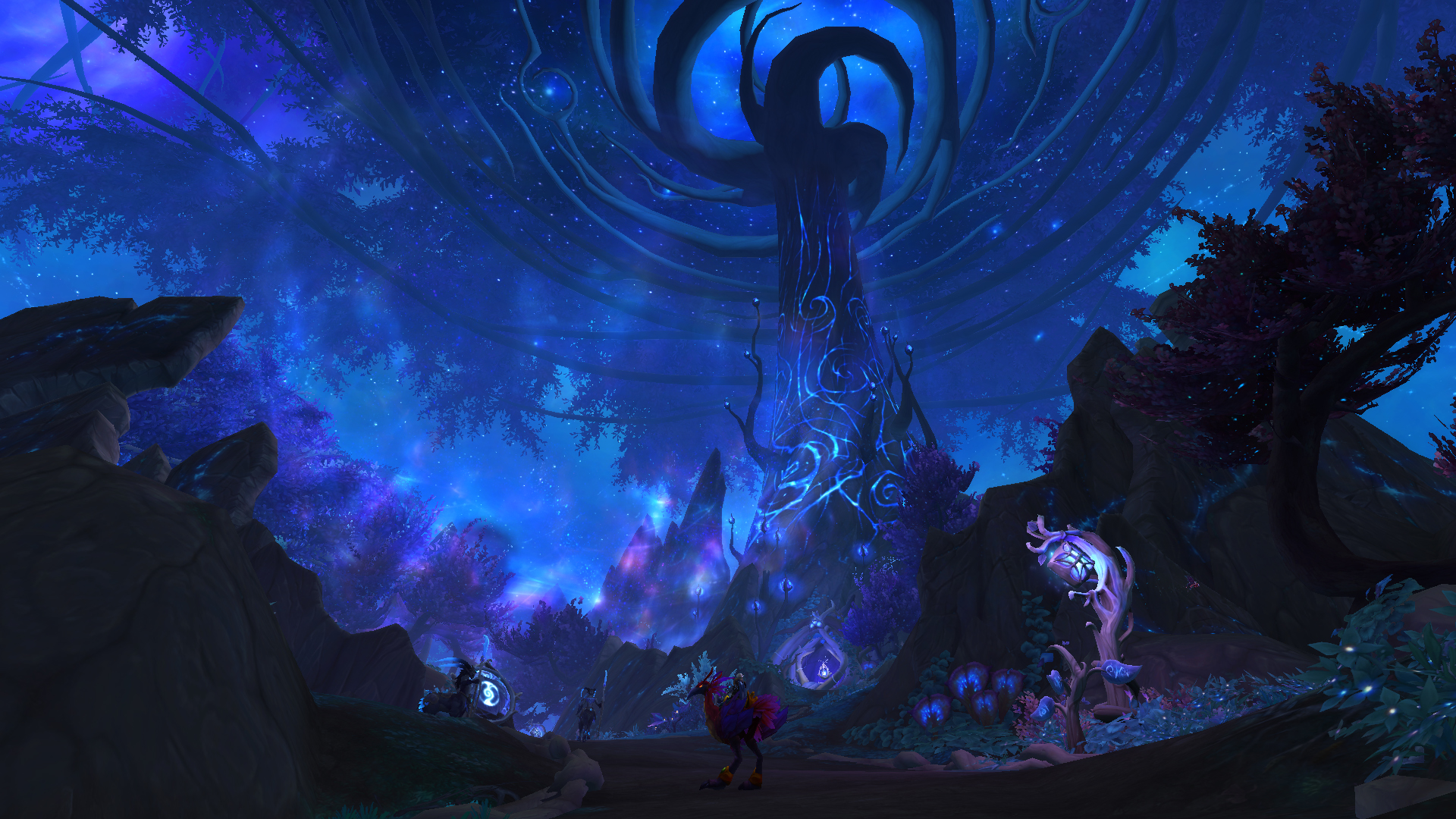
World of Warcraft is tremendous in scope. It has had 16 years to flourish, with each biannual expansion pack yielding hundreds of hours of playtime. It’s one of the most content-abundant games in the world, so it’s easy to imagine new players being put off by its colossal nature.
If you’re someone who’s interested in World of Warcraft, but has no clue where to start, these tips will help you decide which expansion to jump into, which classes are the most powerful, and how to best approach professions. We’re also going to throw out other tidbits of information that should assist new players in general ways.
If you’re looking for an inexpensive way to play World of Warcraft, Blizzard offers a free trial up until level 20. This is pretty substantial in the current state of the game since Shadowlands squished the max level from 120 to 60 and added something called Chromie Time, which lets you freely choose which expansion to experience rather than being forced into a haphazard combination of each.
- See the best PC games and best Xbox Game Pass PC games to play now
- Check out the Xbox Series X games and PS5 games confirmed so far
- See our reviews of the Xbox Series X and PS5
Choosing a race
There are 24 races to choose from once you begin creating your character. Each has a set of racial traits that provide new abilities or enhance some of your existing ones. If you hover over a race’s portrait and right click on it, you’ll receive a brief rundown of each trait. For example, if you were to roll a Night Elf, you’d get the ability to turn invisible, move faster while in spirit form, gain minor resistance to Nature damage, increased movement speed during stealth, higher evasion, higher critical hit chance during the day, and faster attacks at night.
Each race gets a similarly complex list of passive and active bonuses, so this choice is a lot more than just aesthetic. However, 10 of the 24 races are unavailable to new players. If you hover over a grayed-out race, text will inform you on the conditions required to unlock those races. For example, to play as a Void Elf, you must complete the Argus Campaign, which is the final questline of the Legion expansion.
These locked races are referred to as Allied Races, and each requires a set of conditions (usually completing a specific questline) to become accessible. Since unlocking any of these races requires a decent bit of play time, we recommend not tackling them right away.
Choosing a class
Once you select a race, you’ll notice that certain classes are also grayed out. This is because no race is compatible with every class. For example, Draenai cannot be a Druid, Demon Hunter, Warlock or Rogue. However, they can be a Warrior, Hunter, Mage, Priest, Paladin, Shaman, Monk or Death Knight.
Sign up to receive The Snapshot, a free special dispatch from Laptop Mag, in your inbox.
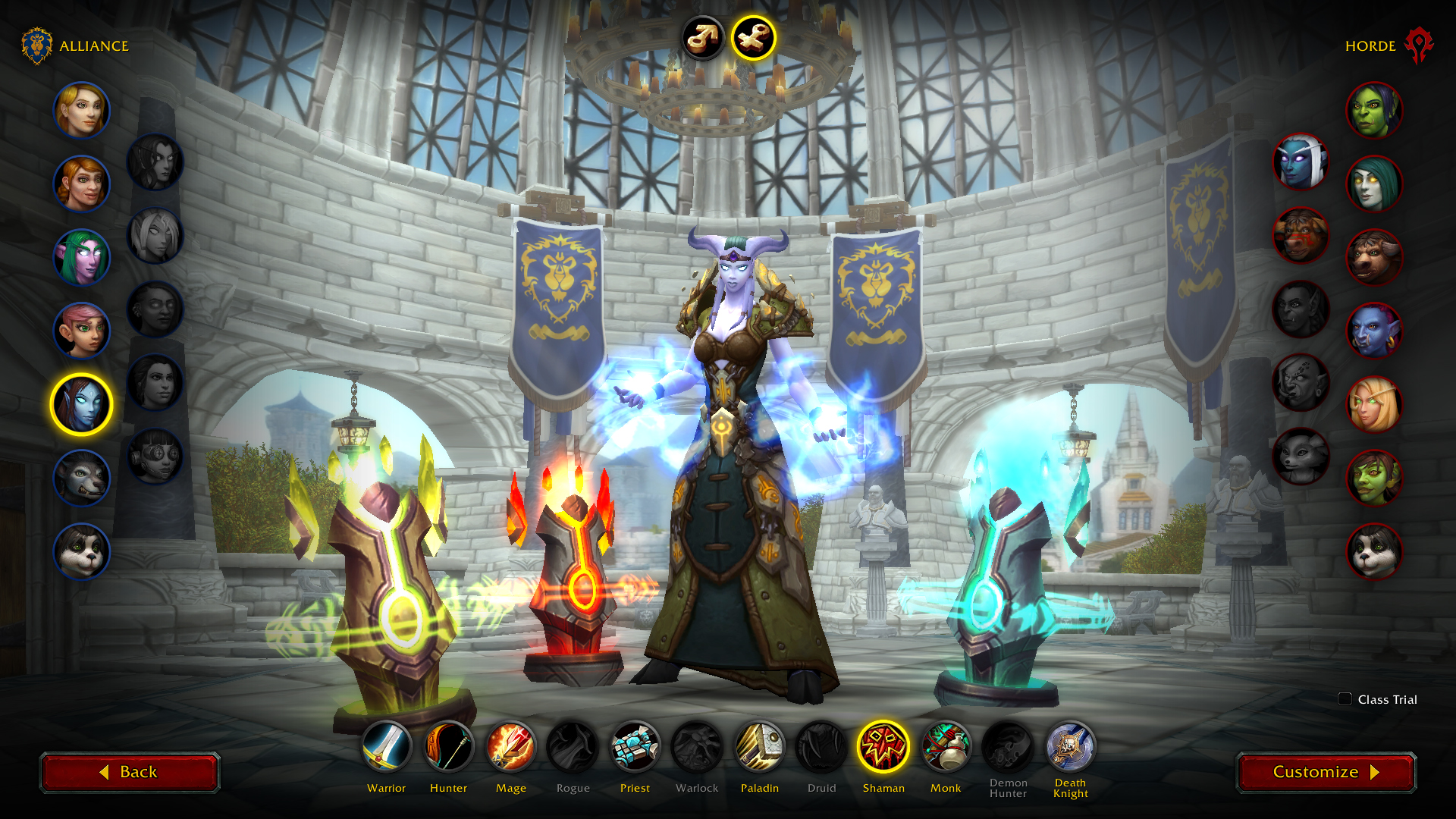
The game doesn’t provide a particularly in-depth explanation on what each class can do. But if you select the “Class Trial” button on the bottom right, you can play a high-level version of that class to get a feel for them.
However, there are a few things you should know before you make your final decision. Once you hit level 10, you can choose between three specializations. Each drastically changes how your class plays. If you create a Mage, you can pick between the Fire, Arcane and Frost specializations.
This creates quite a bit of adaptability, especially since some classes can jump between fulfilling the Tank, DPS and Healer roles. Druids can do this and have four specialization options instead of three.
Unfortunately, the classes are unbalanced at the moment. Each is viable, but some are a bit too powerful, so if you’re still unsure of which class to roll, you’ll find the most success in a Fire Mage, Balance Druid, Windwalker Monk or Affliction Warlock. These four have consistently been some of the strongest damage dealers throughout Shadowlands so far. However, keep in mind that the meta is always changing. We can’t guarantee that any of these classes will still top the charts in six months.
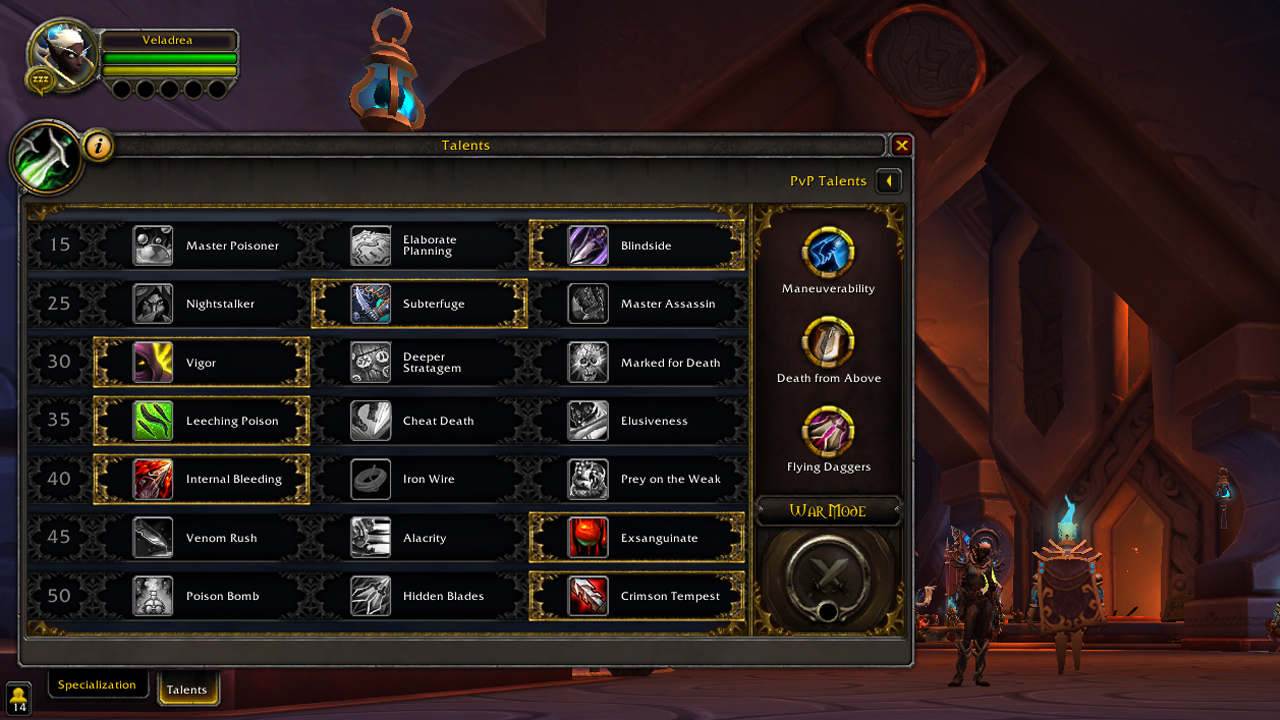
We also recommend sticking exclusively with a DPS (Damage) role for your first character. The expectations for a Healer or Tank within Dungeons and Raids is far too demanding for any new player to handle.
Don’t let these recommendations ruin your fun, though. At the end of the day, you should play whichever class, race, and specialization seems the most appealing to you without worrying too much about the state of the game. I currently main an Assassination Rogue, which sat at the bottom of the DPS charts quite recently, and I’ve managed just fine (although I do occasionally get frustrated by my weakness).
Choosing a starting zone
Once you’ve locked in your character's race, class, and further customizations, a screen will appear giving you the option between two starting zones. For example, if you’re rolling a Night Elf, you’ll get the choice between Shadowglen, which is that race’s specially crafted area, or Exile’s Reach.

Exile’s Reach is the new Shadowlands starting zone, and it is available to nearly every combination of race and class. If you’re new to the game, we recommend starting with Exile’s Reach, as it’s fast, full of useful tutorials, and is the easiest way to begin choosing your expansion.
However, we also recommend giving each race’s unique starting zone a chance when you create additional characters. They’re an immersive way to get a thorough understanding of your place in Azeroth (the main world in-game), and without it, you could be missing out on excellent world-building. Exile’s Reach is a fine and convenient tutorial, but it gives the player almost nothing to work with in the story, and has little relevance within the world.
Choosing an expansion
After completing Exile’s Reach, you’ll be sent to your main faction’s city (Stormwind for Alliance or Orgrimmar for Horde) and be automatically forced into the Battle for Azeroth expansion questline. If you aren’t aware, Battle for Azeroth is considered the worst expansion in the game, currently boasting a 79 Metascore with a 3.1 user score.
The game doesn’t make this particularly clear, but you don’t have to start with this questline. After you leave your faction city and begin heading to your designated Battle for Azeroth zone, you can use your Hearthstone item (check your bag) to teleport back to your main city. Once you’ve done so, open your map and look for a blue hourglass icon. Travel to that icon and meet with a character named Chromie. She’ll give you the option to play any campaign available.

When you enter this menu, you’ll have the choice between six campaigns. For some reason, Blizzard gave them new names that sometimes don’t make it clear what they are, so I’ll try to explain which is which.
For the most part, The Cataclysm takes you throughout Eastern Kingdoms and Kalimdor, combining zones from the original 2004 World of Warcraft and the 2010 Cataclysm expansion. The other expansions are easier to explain: Portal to Outland is The Burning Crusade, Fall of the Lich King is Wrath of the Lich King, Wilds of Pandaria is Mists of Pandaria, The Iron Horde is Warlords of Draenor, and The Legion Invasion is Legion. Battle for Azeroth and Shadowlands are not within the Chromie Time menu because they can be freely accessed without it.
If you’re a new player, we recommend starting with Legion, as it’s often praised as the best World of Warcraft expansion of the 2010s. It’s also one of my personal favorites, as it’s largely the reason I returned to the game after not touching it for over six years. Wrath of the Lich King and Burning Crusade are also worth playing at some point, but Legion is a great introduction for new players to get a sense of what to expect from World of Warcraft.
Choosing professions
Professions in World of Warcraft are optional, but they’re important. With them, you can craft a slew of unique items to utilize personally or sell in the auction house. However, we recommend new players hold off on diving deep into professions until they reach Shadowlands. If you’re experienced, it can be fun to level professions within old expansion packs, but it’s often a ton of grind without much reward.

You can select two primary professions, each of which is placed into the Gathering or Production category. For example, Mining is a Gathering profession because it involves mining veins for gems and ore. Blacksmithing is a Production profession, allowing you to take those materials and craft items with them.
Typically, this synergy is present between very specific professions. You wouldn’t want to invest in Herbalism, which allows you to gather exotic plants, and then combine it with Blacksmithing. Very rarely (if ever) will there be any cooperation between the two professions, so we recommend sticking to two that build upon each other.
However, World of Warcraft does force you to step outside of this comfort zone occasionally. For example, I use Leatherworking and Skinning on my main character. Lately, I’ve been crafting a very powerful piece of Shadowlands endgame armor called Umbrahide Leggings. It requires quite a few Enchanted Heavy Callous Hide to make, which can only be imbued utilizing the Enchanting profession.

Since I don’t have this profession, I have been purchasing them from the Auction House, which has cost me a considerable amount of gold. If I was really dedicated, I could create a new character just to get their Enchanting high enough to create this item, but that’s a significant amount of work.
Service is another category, but it’s always attached to Production professions, and is only present within Enchanting and Inscription. Service refers to changing the state of something, whether it be imbuing an item with additional power or adding properties to it that alter your abilities.
If you’re interested in crafting armor for yourself, there are four armor types and every class has one they’re proficient in. Tailors can make cloth armor for Mages, Priests, and Warlocks. Leatherworkers can make leather armor for Demon Hunters, Druids, Rogues and Monks or create mail armor for Hunters and Shamans. And finally, Blacksmiths can make plate armor for Death Knights, Paladins and Warriors.
Herbalism and Alchemy let you craft tons of potions for healing and stat buffs. Engineering is by far the most fun profession, as it lets you craft pets, mounts, toys and other ridiculous items. Jewelcrafting gives you the ability to slot stat-boosting jewels into armor pieces, providing important buffs.
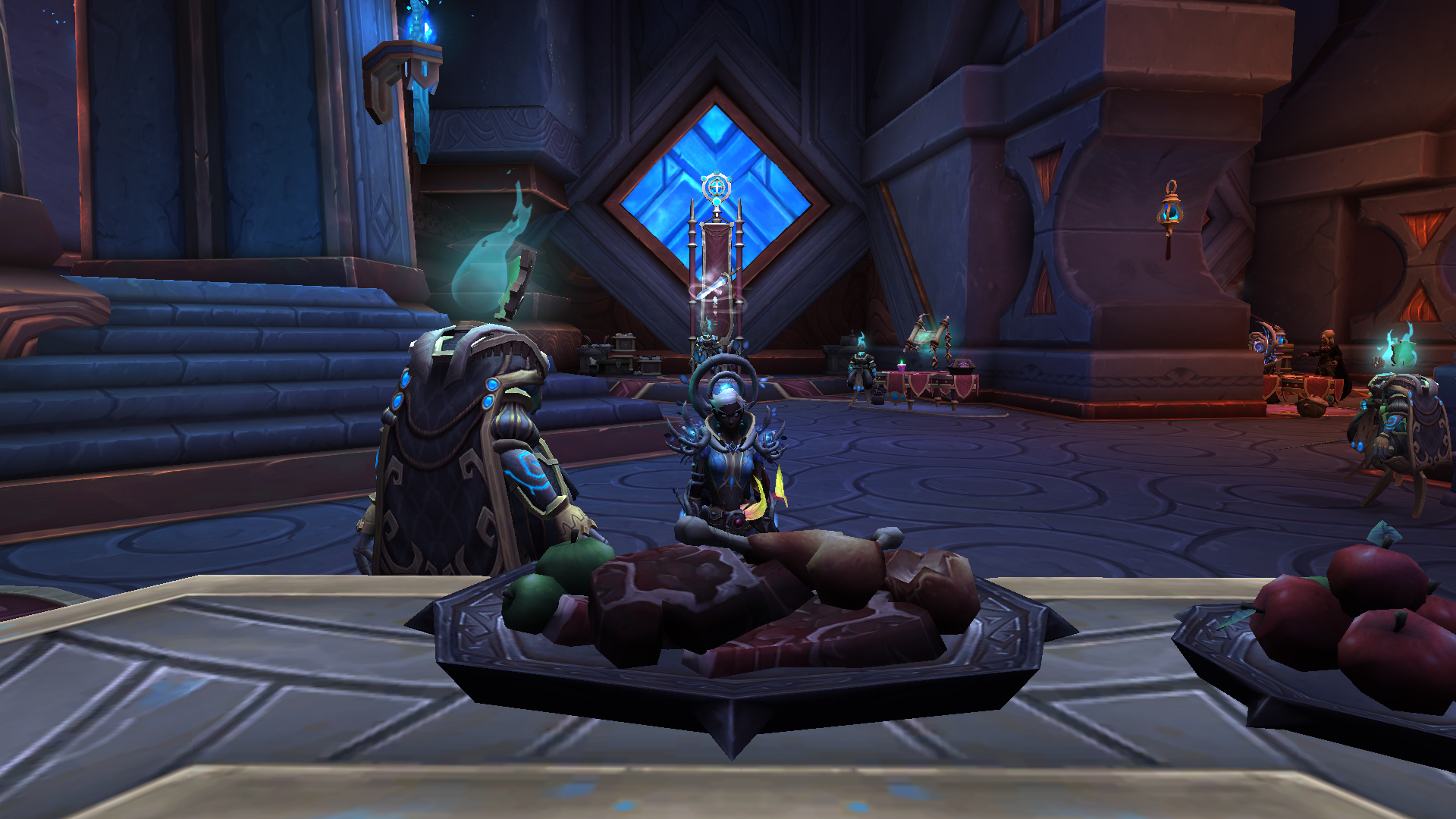
World of Warcraft also has three secondary professions, all of which can be learned without limit. These are Cooking, Archaeology and Fishing. We recommend learning these and diving into them at a casual pace; they’re not super important but still pretty fun.
Professions are a bit of a headache, and truthfully, I wouldn’t recommend diving into them unless you’re OK with grinding for materials, stressing over the shifting in-game economy as your crafted items dip in value, and getting intensely frustrated as some jerk on the enemy faction comes along and steals your farming spot. However, if this sounds like it’s up your alley, go wild!
Prepare for toxicity
Unfortunately, there’s no way to avoid World of Warcraft’s intensely toxic community, especially if you’re a new player still trying to get the hang of things. We recommend not taking what other players say to heart. The community is full of gamers who try too hard and gatekeep anyone who does less than optimal. Players will scream profanities at you for the slightest mistakes.
Just a few weeks ago, I queued for a low-level Battle for Azeroth dungeon. Our party had died to the first boss, and the level 13 Healer tried to vote to kick the Tank, claiming they’re “garbage and don’t know how to play.” The vote failed immediately; this level of strictness after one wipe during a normal Dungeon is ridiculous.
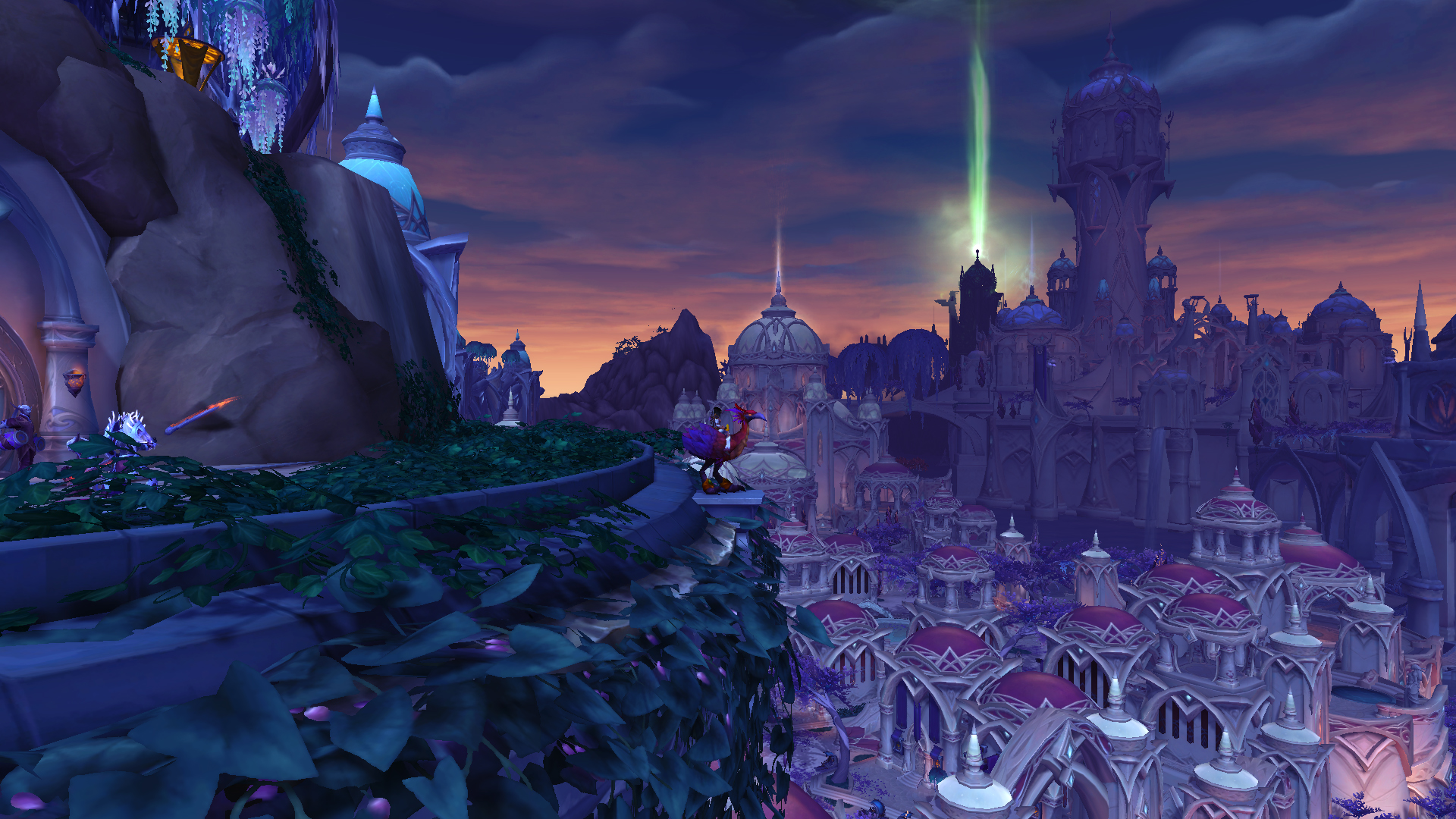
I got into an intense argument with this player, and they kept repeating that they’re “just being honest.” Even when I mentioned that they were overreacting in a casual dungeon, they countered with “if they’re this bad in a normal dungeon, they’ll be useless in other ones.”
It’s hilarious that players like these expect perfection at all times, and otherwise, you’re not allowed to play World of Warcraft. Elitism can make the community occasionally unbearable, and a surprising number of people will go out of their way to ruin your day. It’s hard to do so sometimes, but don’t take what they say seriously.
Have fun
After 16 years, World of Warcraft is colossal. It’s indescribably huge, and I’m sure new players are put off by its size. Hopefully this guide has made it a bit easier to tackle, but at the end of the day, these are just recommendations based on my experience with the game.
You don’t need to follow any of my tips, instead, your priority should be doing what feels right. There are tons of different ways to approach World of Warcraft, all of which are valid (as long as you’re not being toxic). In the end, focus on having fun during your stay in Azeroth!

Self-described art critic and unabashedly pretentious, Claire finds joy in impassioned ramblings about her closeness to video games. She has a bachelor’s degree in Journalism & Media Studies from Brooklyn College and five years of experience in entertainment journalism. Claire is a stalwart defender of the importance found in subjectivity and spends most days overwhelmed with excitement for the past, present and future of gaming. When she isn't writing or playing Dark Souls, she can be found eating chicken fettuccine alfredo and watching anime.
